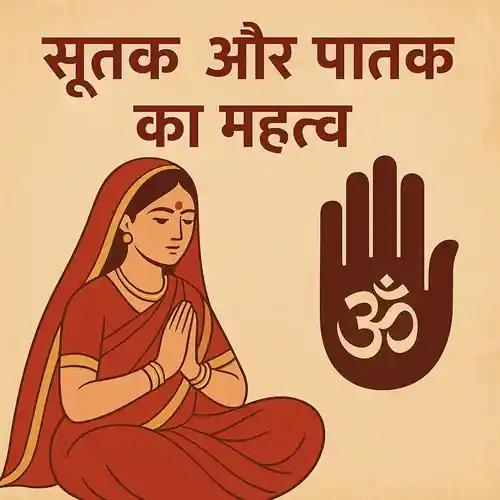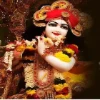In Hinduism, there are specific times and rules for every task. Special attention is paid to auspicious and inauspicious periods. When there is a death or birth in a home or family, Sootak and Paatak are observed. This rule is not only related to religious beliefs, but also has classical, scientific, and social reasons.
What is Sootak?
When a birth occurs in a home, it is called Sootak.- According to the scriptures, the body of a newborn baby is not considered completely pure immediately after birth, and the mother is also considered impure during childbirth.
- During this time, other members of the household are also prohibited from religious activities for some time.
- This period is called Janm Sootak.
Sutak period
- Sootak usually lasts for 10 days.
- The tradition of observing Sutak for 10 days in Brahmin families, 12 days in Kshatriya families, 15 days in Vaishya families, and 30 days in Shudra families is stated in the scriptures.
- The tradition of taking special care of the newborn baby and the mother is also scientifically justified, so that infection does not spread.
What is Patak?
When a death occurs in a home, it is called Patak.- Death is considered an inauspicious event, and the atmosphere of the home becomes mournful at this time.
- After death, the entire home requires purification, hence the period of Patak.
Duration of Patak
- Patak generally lasts for 13 days.
- During this period, family members are prohibited from religious rituals, worship, havan, marriage, or any auspicious function.
Prohibitions during Sutak and Patak
- Worship of deities and entering temples are prohibited.
- Havan, Yagya, marriage, and auspicious functions are not performed.
- Reading religious books is also generally prohibited.
- Only chanting the name of God is allowed.
Scientific View
- Sutak after birth: Mother and child need rest. Minimizing the movement of outsiders prevents infection.
- Patak after death: Contact with the dead body can spread bacteria. For this reason, the purification of the home and the 13-day period are appropriate.








